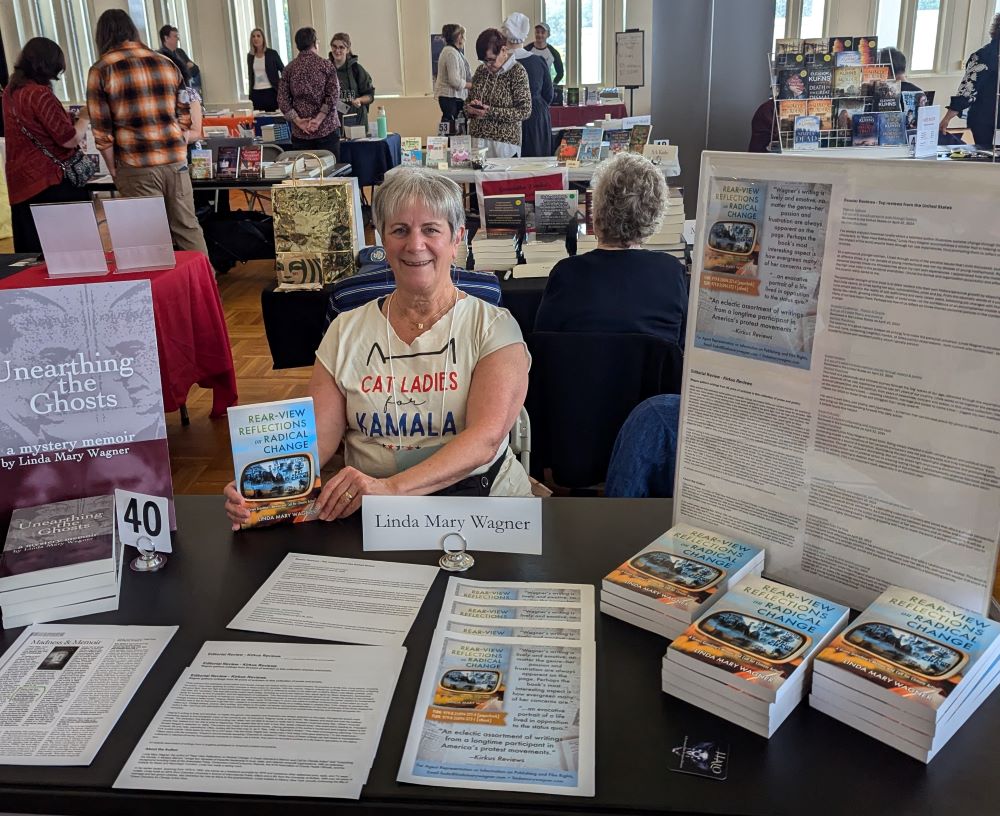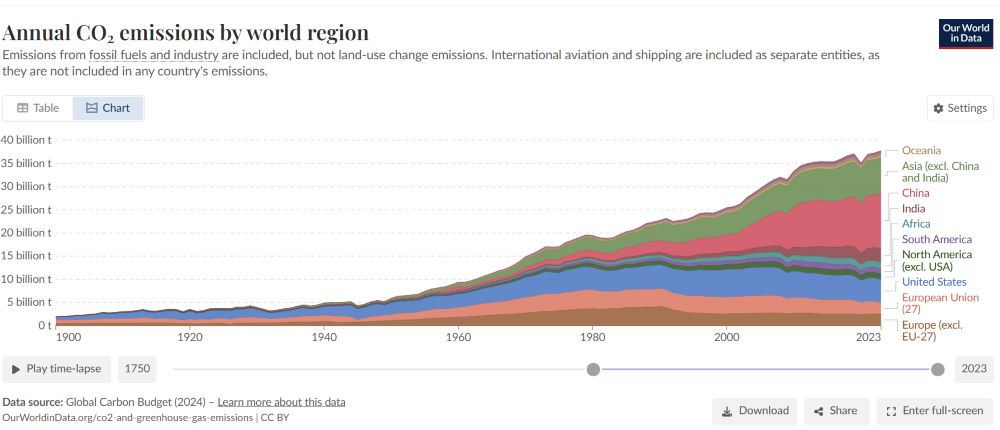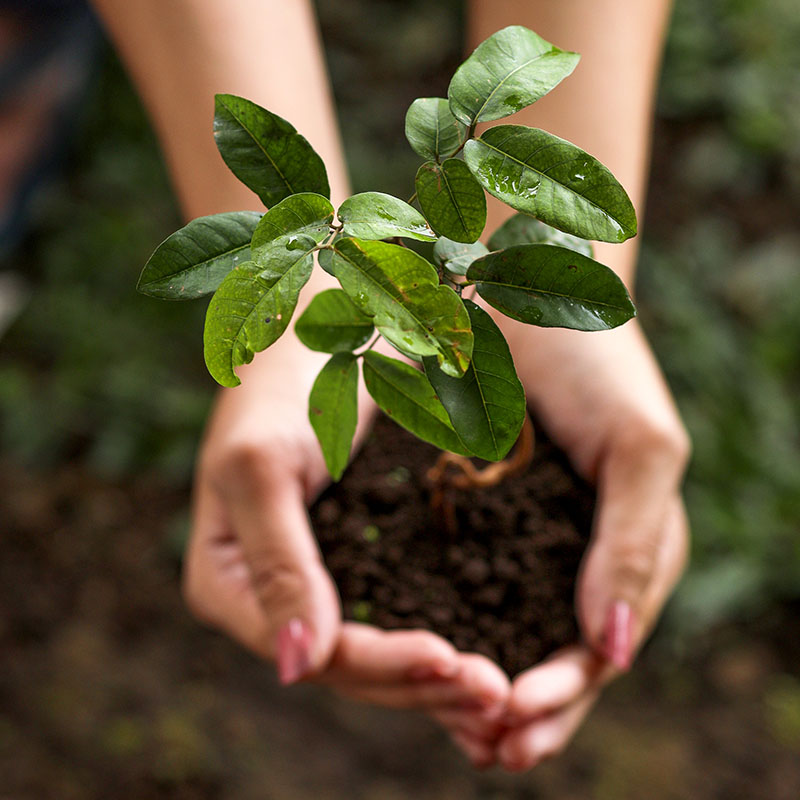If you follow health or science news, you’ve seen stories about the spread of avian influenza, also called bird flu. This past week, a man working at a Texas dairy farm was diagnosed with the illness, leading to some mainstream media to cover it nationally, such as The Washington Post’s “Bird flu in humans, explained.”
Specialized media that cover medical and pharmaceutical topics are watching the spread of avian flu through the animal world and into people. STAT’s Daily Recap reported, “What we know about H5N1 bird flu in cows — and the risk to humans. The article stated this tally of the occurrence of the disease in U.S. cattle recently, “Cows from 12 dairy herds in five states have tested positive for H5N1. Those states are Texas (seven herds), Kansas (two), Michigan (one), New Mexico (one), and Idaho (one).”
Science Sees Connections
In birds like chickens, avian flu can be deadly and spread rapidly. However, health experts are not especially concerned about the risks to humans, because bird flu in humans has been both rare and mild. However, the spread of this disease raises a red flag for climate experts who see a different threat. Inside Climate News reports, “Bird Flu Is Picking its Way Across the Animal Kingdom—and Climate Change Could Be Making it Worse.” In that article, science journalist Kiley Price explains the fears of climate experts:
“A few weeks ago, I wrote about the various ways climate change is throwing the seasons out of whack and how this can mess with animal migrations. It turns out that for birds, these changing migrations can contribute to the severity and spread of avian flu, according to the CDC and recent research. For example, climate change is shifting the range of some birds during the winter toward the poles, and spring migrations are happening earlier due to warming temperatures. This can increase the chances of something called “virus reassortment,” or the exchange of viral genetic material, if the species interacts with bird populations or different species they had rarely overlapped with before.”
As with all concerns about the impact of greenhouse gas emissions on climate, and the resulting impacts of climate change are global. Price cites another report in her article: “…the highly pathogenic H5N1 strain has “moved outside the bounds of its typical seasons,” wrote Zoya Teirstein for Grist last year.
‘How come this virus is popping up in the middle of summer in the Mediterranean Sea or when it’s minus 20 or 30 in a commercial farm in Canada? There’s close to 80 countries in the world with this problem, we’ve never seen that before,” Jean-Pierre Vaillancourt, a professor in the department of clinical sciences at the University of Montreal in Canada, told Grist. ‘That’s why we’re seriously looking at climate change.’
Broader Public Health Concerns About Climate Change
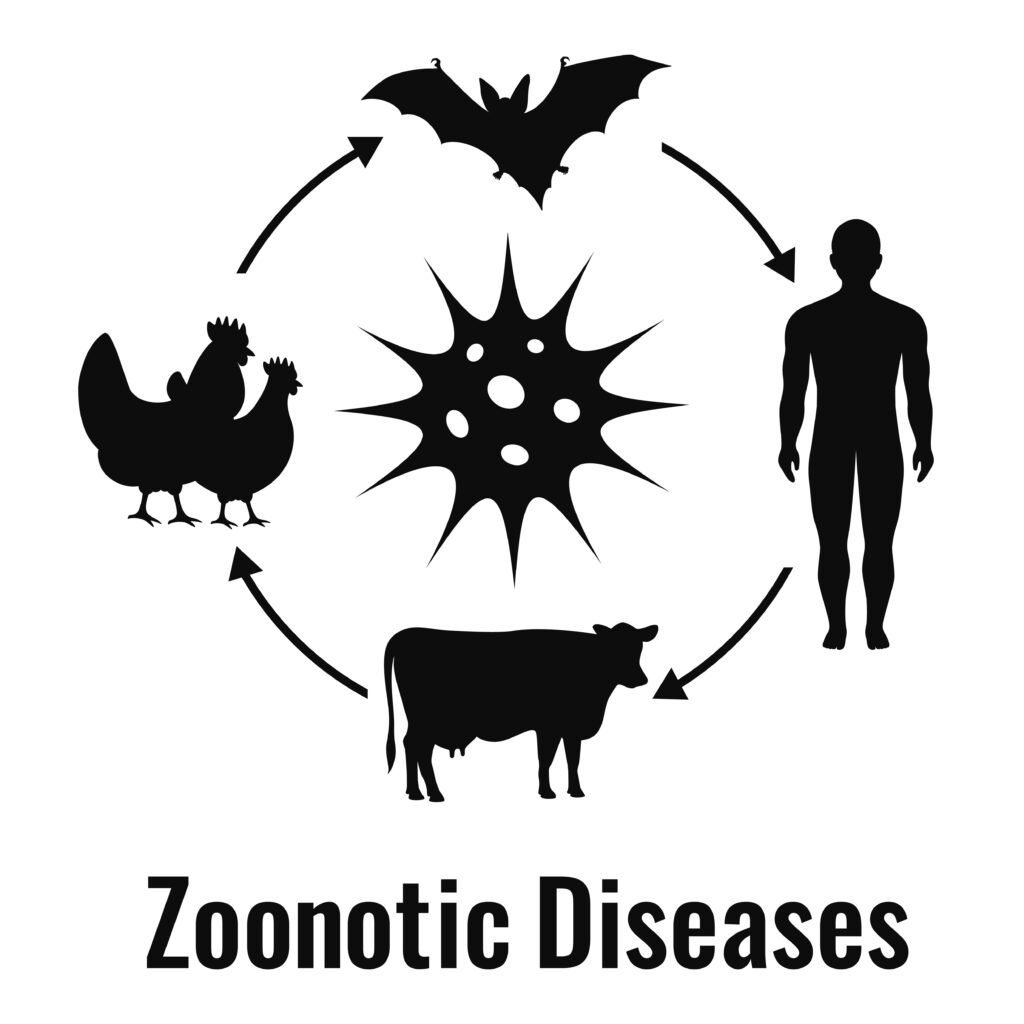
Epidemiology experts have raised concern about the ways that shifting climate can affect the occurrence of disease, particularly zoonotic diseases spread between animals and people. Most public health experts saw a connection between climate change and the COVID global pandemic. Many believe we need to prepare for an increased occurrence of epidemics and pandemics. A report, Climate change is increasing the risk of infectious diseases worldwide“ from Yale Climate Connections explains.
“Climate change has already increased the risk of nearly 60% of all known infectious diseases, including tick- and mosquito-borne diseases — like Lyme disease and dengue — and various food- and waterborne infections, according to an analysis published in the journal Nature Climate Change….…To promote better health, individuals and society will need to juggle immediate vigilance with long-term steps like sharply cutting heat-trapping carbon pollution and environmental degradation while putting more resources into educating the public about the risks of their local pathogens and the benefits of better nutrition, hygiene, and staying up to date with vaccines.”
Yale Climate Connections
Public Policy & Your Votes Matter
Once again, science and health experts see far-reaching, wide-ranging impacts from the presence of greenhouse gas emissions tied to our reliance on fossil fuels. To protect the planet’s living things, including humans, we need to focus on ending the burning of oil, coal, and natural gas by shifting to renewable energy sources. There is only so much we can do as individuals.
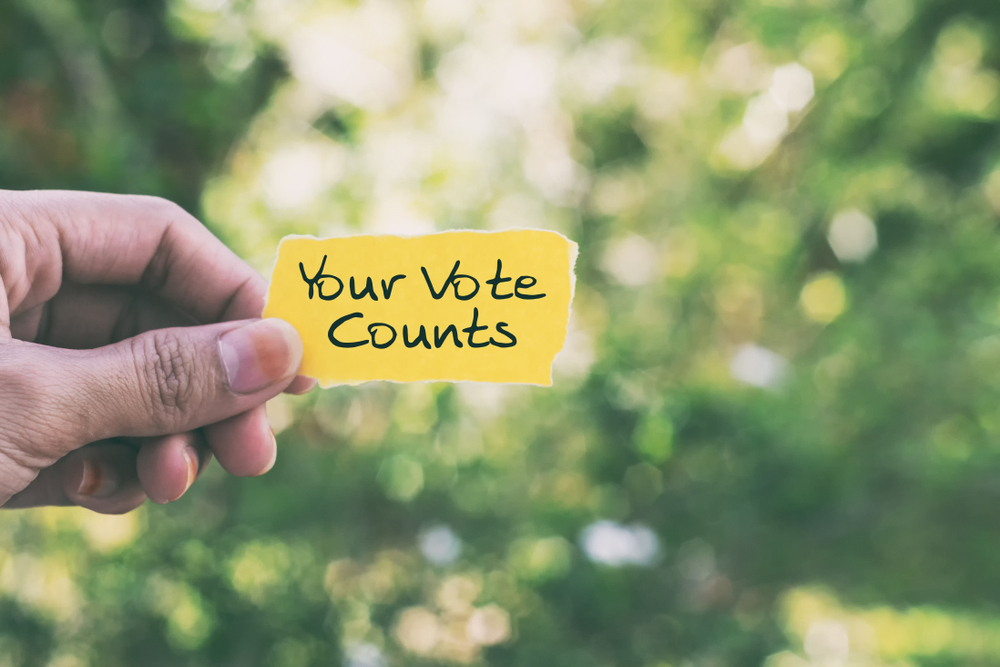
To maintain this focus, we need local, national, and global leadership in government and business that prioritizes the shift to renewable energy. Before you vote this year, check the statements and commitments that every candidate makes to climate action.






